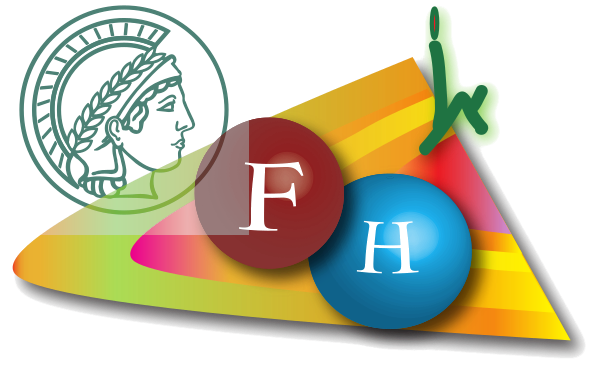
On Electrons and Machine Learning Force Fields
Alexandre Tkatchenko, University of Luxembourg
Abstract
Machine Learning Force Fields (MLFF) should be accurate, efficient, and applicable to molecules, materials, and interfaces thereof. The first step toward ensuring broad applicability and reliability of MLFFs requires a robust conceptual understanding of how to map interacting electrons to interacting "atoms". Here I discuss two aspects: (1) how electronic interactions are mapped to atoms with a critique of the "electronic nearsightedness" principle, and (2) our developments of symmetry-adapted gradient-domain machine learning (sGDML) framework for MLFFs generally applicable for modeling of molecules, materials, and their interfaces. I highlight the key importance of bridging fundamental physical priors and conservation laws with the flexibility of non-linear ML regressors to achieve the challenging goal of constructing chemically-accurate force fields for a broad set of systems. Applications of sGDML will be presented for small and large (bio/DNA) molecules, pristine and realistic solids, and interfaces between molecules and 2D materials.
References
Sci. Adv. 3, e1603015 (2017); Nat. Commun. 9, 3887 (2018); Comp. Phys. Comm. 240, 38 (2019); J. Chem. Phys. 150, 114102 (2019); Sci. Adv. 5, eaax0024 (2019).

